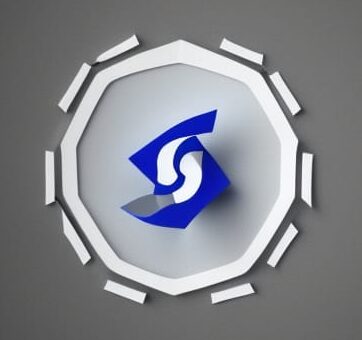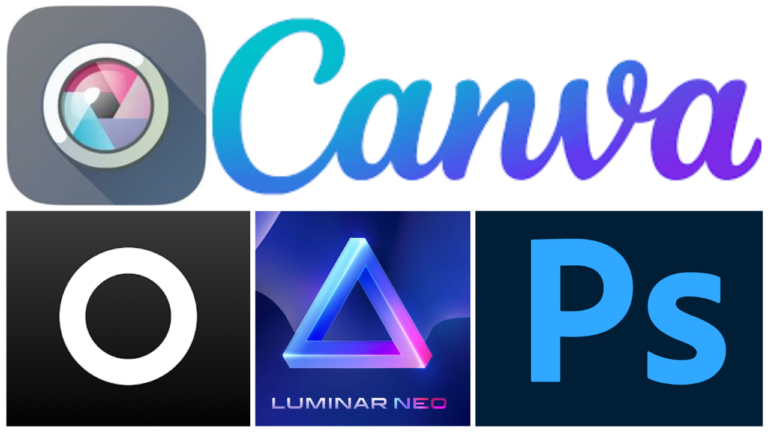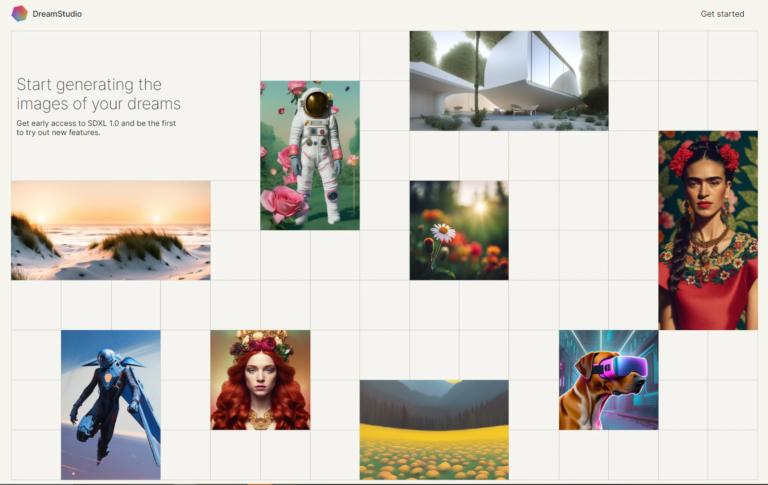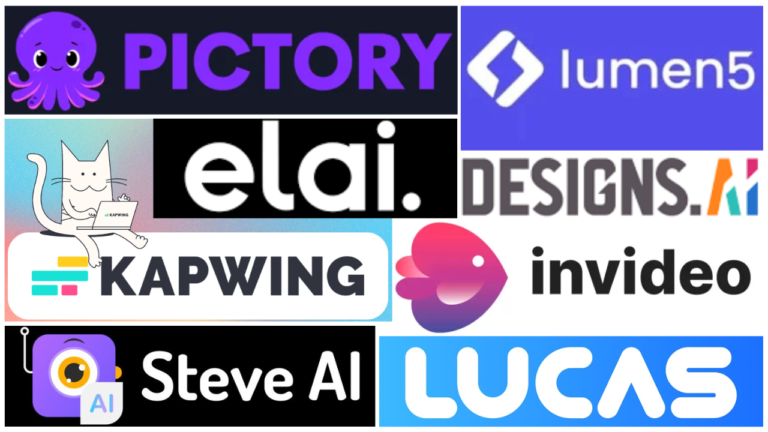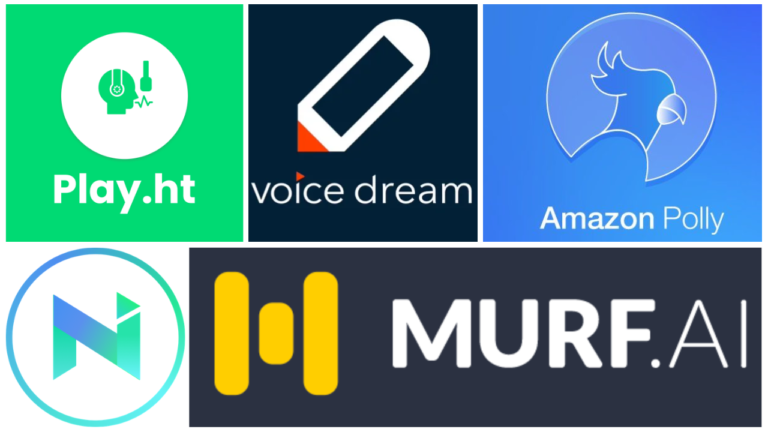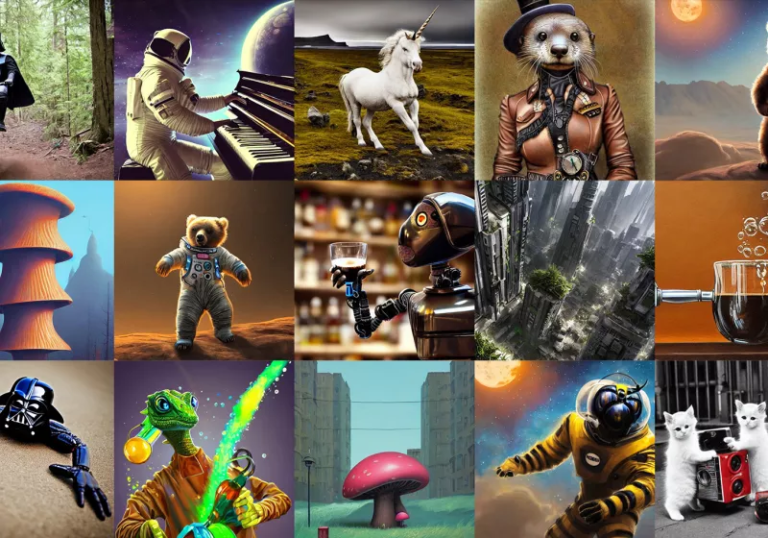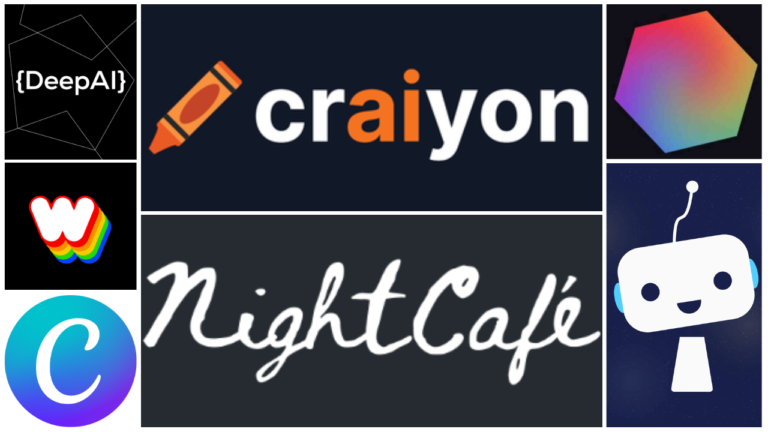The best AI image generators in 2024
AI image generators have been brewing up a storm for more than a year. If you’ve been on social media, watched prime time news shows, or read a magazine, AI-generated images have been impossible to miss. They’re everywhere, and it’s easy to see why: the tools necessary to make them are now good—and available to the public. If you want to join in the fun, or add some AI-powered features to your business workflows, the apps on this list will give you what you’re looking for.
The best AI image generators
| Best for | Price | Parent company | |
|---|---|---|---|
| DALL·E 3 | Ease of use | Included with ChatGPT Plus at $20/month | OpenAI |
| Midjourney | High-quality results | From $10/month for ~200 images/month and commercial usage rights | Midjourney (but it’s accessed via Discord) |
| DreamStudio (Stable Diffusion) | Customization and control | Free for 25 credits; from $10 for 1,000 credits | Stability AI |
| Adobe Photoshop (Firefly) | Integrating AI-generated images into photos | Free beta online; from $19.99/month as part of the Creative Cloud Photography Plan | Adobe |
| Generative AI by Getty Images | Commercially safe images | You need to contact them for a demo and pricing | Getty |
DALL·E 3
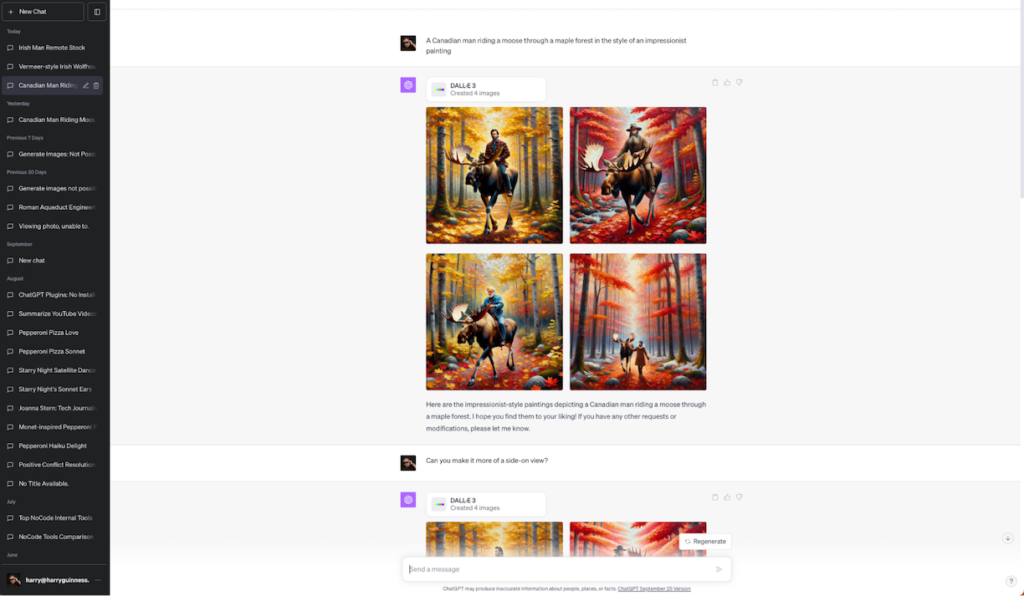
- DALL·E 3 pros: Incredibly easy to use; included with ChatGPT Plus, so you get a lot of AI for your money
- DALL·E 3 cons: ChatGPT controls can be hit and miss; no longer has a free trial; $20/month is pricey if you don’t want GPT with it
DALL·E 3 is arguably the biggest name in AI image generators—and with good reason. Its predecessor, DALL·E 2, was the first AI-powered image generator that was good enough to create wildly interesting images and was widely available to enough people to go viral.
Midjourney

- Midjourney pros: Consistently produces the best looking AI generated images; the community is a great way to get inspiration
- Midjourney cons: Can only be used through Discord—which is just strange; images you generate are public by default; free trials are currently suspended
Midjourney consistently produces my favorite results of all of the image generators on this list. The images it creates seem more coherent, with better textures and colors—and overall, the results are just more interesting and visually appealing. In particular, people and real-world objects look more lifelike and natural than they do with other AI image generators, at least without lots of prompting, and the latest version can even get hands kind-of right. It’s telling that it was the first AI image generator to win an art competition.
DreamStudio (Stable Diffusion)

- DreamStudio pros: Only major AI picture generator that still offers free credits; incredibly affordable and customizable; super powerful with generally great results
- DreamStudio cons: More of a learning curve than some other AI art generators; editing tools aren’t very intuitive
Unlike DALL·E and Midjourney, Stable Diffusion is open source. This means anyone with the requisite technical skills can download it and run it locally on their own computer. It also means that you can train and fine-tune the model for specific purposes. Almost all the services that use AI to generate artistic portraits. Historical portraits, architectural renders, and everything else use Stable Diffusion this way. If you’ve got the chops and want to build something awesome with AI, Stable Diffusion is the best way to do it right now. There’s even an API and a service called ClipDrop that breaks it out into a series of tools.
Adobe Photoshop (Firefly)

While Adobe has been building AI tools into its apps for more than 15 years, it wasn’t until this year that the company released a text-to-image generator—at least in beta. You can try it out on the web for free or through Adobe Express, but it’s at its best in the latest Photoshop beta, which you need to be a Creative Cloud subscriber to check out.
Adobe’s AI model, called Firefly, has a few tricks up its sleeve. In addition to being capable of generating new images from a detailed text description. It can create text effects from a written prompt (think, the word “TOAST” written with letters that look like they’re made from toast). Recolor vector artwork, or add AI-generated elements to your images. You can test all these out through the web app, but it’s that last feature where Firefly stands out.
Generative AI by Getty Images

Getty pros:
- Surprisingly effective at generating stock-like photos
- Getty indemnifies you from any legal claims resulting from your use of the images it generates
Getty cons:
- Less creative and fun to use
- Can’t compete with Midjourney, DALL·E 3, or Stable Diffusion in terms of overall quality
AI image generators are… controversial. Even aside from the ethics of using them, the legal situation is incredibly murky. The U.S. Copyright Office has generally ruled that AI images can’t be copyrighted. So your competitors could conceivably take your images and use them without repercussions. Honestly, if you run a business, just avoiding generative AIs is an understandable strategy. A platform like Getty Images that promises its Generative AI image generator. Free from these sorts of headaches is the best option.
